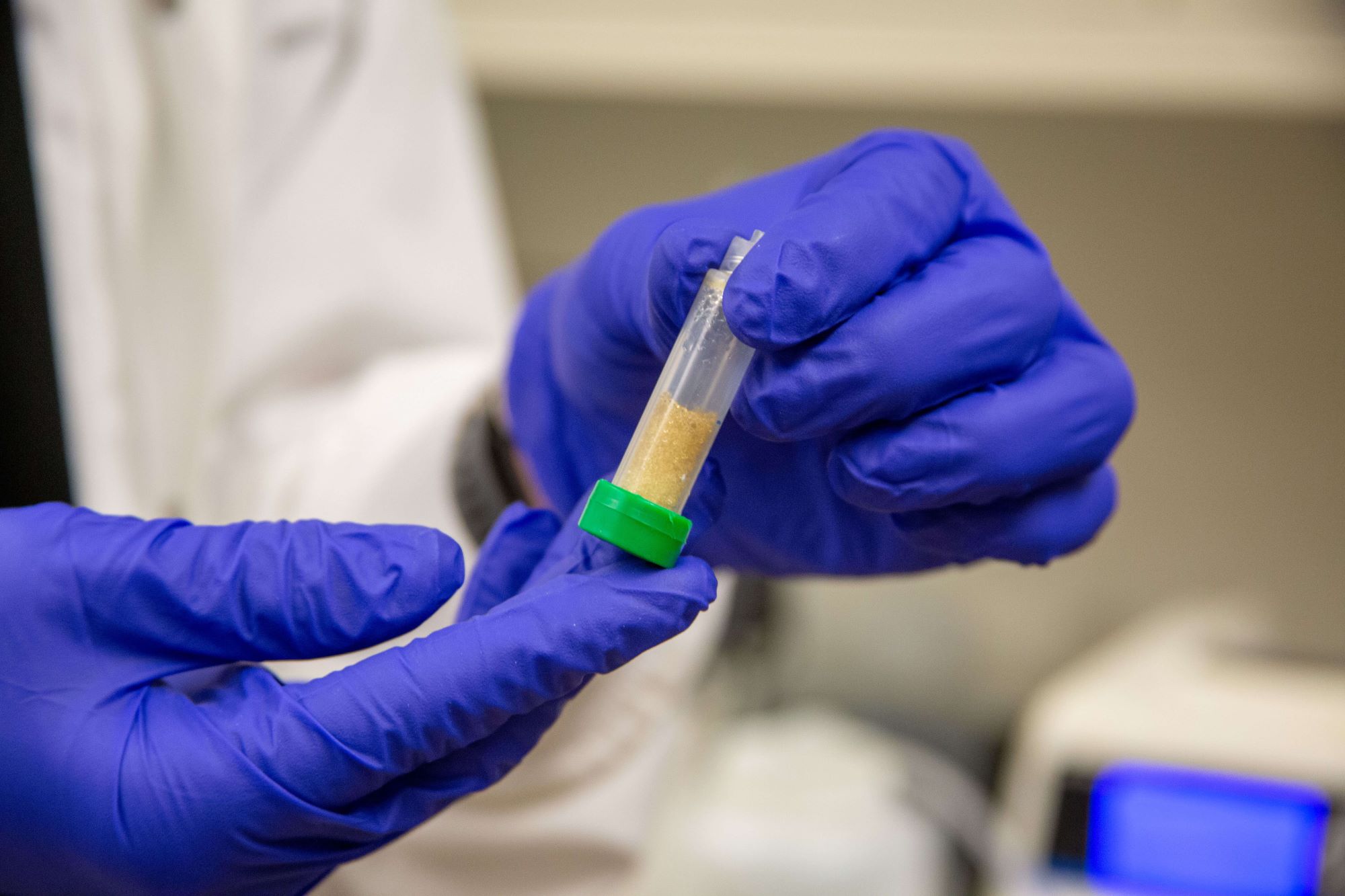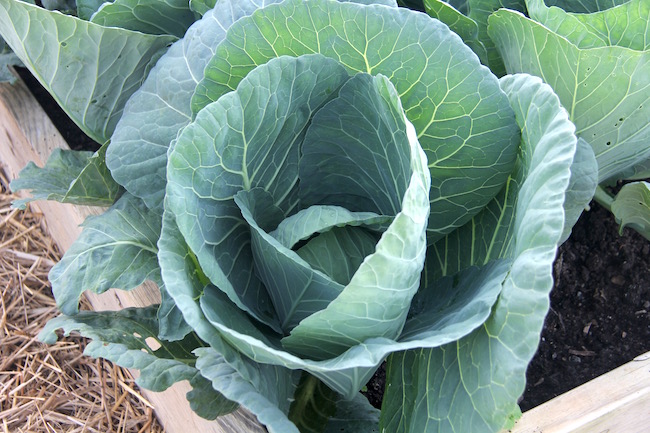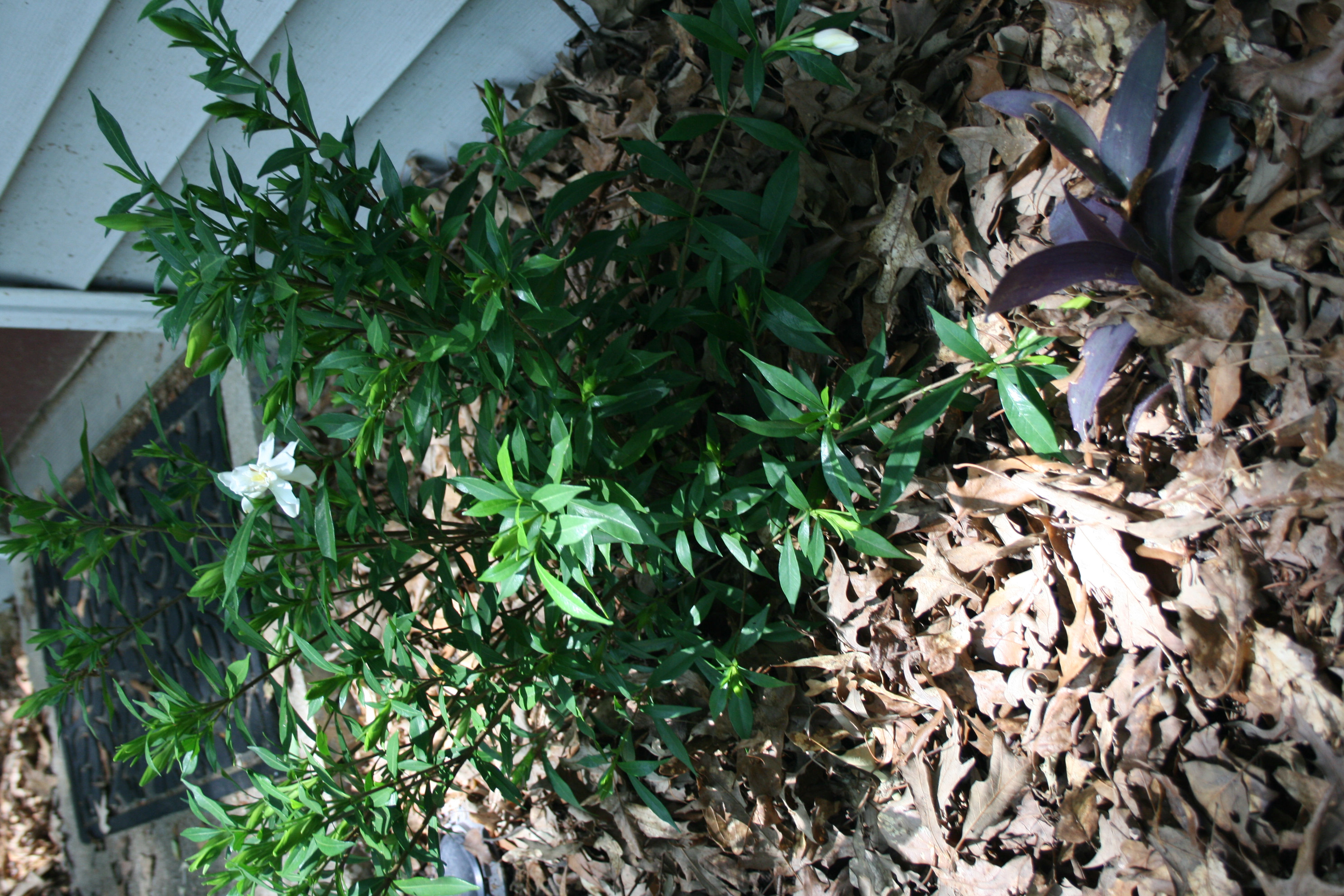
Natural water supplies in Georgia are valuable resources affected by weather, such as drought or flood, and land use activities, like landscape maintenance and urban growth.
While we have little control over the effects of weather, we can tailor our land management practices to better protect water quality in Georgia. Land use activity in every watershed affects local waterways on the surface and could impact groundwater below.
During World Water Week, held Aug. 23 through Sept. 1 this year, residents can use the following information to adopt practices that respect the importance of water quality for recreation and drinking water. These recommendations from University of Georgia Cooperative Extension will protect water resources and could reduce costs of lawn maintenance and drinking water treatment.
Some of the main contributors to surface water pollution are excess nutrients, including nitrate, nitrite, ammonium, and phosphorous. While these compounds are useful for plant growth, high concentrations in local waterways are considered pollution. Excessive amounts of these nutrients fuel algae growth that clogs ponds and lakes, then decomposes on the bottom to create low oxygen environments, harming fish populations. Plant fertilizers are full of nutrients and must be handled appropriately to protect local waterways.
Phosphorus nutrients can be limiting to algae growth in freshwater, but nitrogen levels mostly affect algae growth in saltwater. Most of our detergents no longer have phosphorus to help prevent pollution in streams and ponds, but fertilizers contain both phosphorus and nitrogen. This pollution can wash off the land via stormwater and travel downstream to the Atlantic or Gulf, causing harmful algae blooms along the way that damage aquatic ecosystems, threaten fishing and tourism businesses, and can kill people and livestock.
Managing landscapes to protect water quality should also consider plant selection, design and stormwater control. Some important fertilizer and landscaping guidelines include:
- Test your soil. Find out what nutrients are present or lacking before designing a fertilizer plan.
- Plant the right plants in the right place. This reduces the need for extra irrigation and fertilizer.
- Fertilize only as needed to maintain the health of lawns and landscape plants. Depending on fertilizer concentration and product recommendations, this is could be only once or twice a year for perennial gardens. Most established healthy ornamental trees and shrubs might only need fertilizer once every two to three years, or longer.
- Build up organic matter in the soil by adding mulch each year. Plants can extract essential mineral elements they need from the soil and will require fewer fertilizer applications.
- Diagnose symptoms of plant stress. If plants show signs of stress, such as yellow leaves or stunted growth, identify the problem before applying fertilizer.
- Never fertilize during excessively dry periods. It can dehydrate roots and will remain unavailable to your plants, washing away in the next rainfall.
- Do not apply fertilizer before windy or heavy rainfall days. Do provide 0.5 inches of irrigation water to water it into the soil.
- Do not overwater. It washes away or leaches out fertilizers. Adjust drip and sprayer irrigation systems to control water runoff. For most plants, one inch of water per week is enough for irrigation.
- Fertilize ornamental plants in spring when growth begins. The rest of the year it just ends up in local surface waters or leaches beyond root depth. Fall fertilization is recommended for cool-season grasses.
- Aerate lawns at least once a year. This improves percolation and movement of nutrients into the soil, decreases run-off, and encourages roots to grow deeper and become more drought tolerant. Fertilizer applications will be more efficient and less watering is needed between rainfall events.
- Leave grass clippings on the lawn with a mulching mower. This recycles up to 30 percent of fertilizer nitrogen that was applied to the lawn. Mow often enough so the clippings remain small.
- Use yard waste and leaves in mulch or garden compost. This keeps debris from washing into streams with stormwater.

One of the last lines of defense for protecting surface water quality is the buffer of land adjacent to waterbodies. This is called the riparian buffer, where fertilizer application should be avoided.
Riparian buffers, like stormwater detention basins, work to prevent rainfall runoff from carrying fertilizer, pet waste, and driveway or street contaminants from entering nearby streams and ponds.
Buffers help slow and filter stormwater with the presence of dense vegetation growth of tall grasses, shrubs and trees. Riparian buffers of 35- to 100-feet wide are recommended to reduce dissolved pollutants and eroded soils from entering waterways. The appropriate width depends on pollutant load, field slope, type and density of vegetation, soil structure, subsurface drainage patterns, and the frequency and force of storm events.
While riparian buffers are useful on waterfront properties, other landscapes can incorporate features that prevent stormwater from flowing toward storm drains and off the property. Grass swales, rain gardens, terraced slopes, permeable pavers and even proper mulching improve rain water infiltration into the soil and keep it from contributing to runoff pollution.
It’s also important to remember that what happens on the surface doesn’t always stay on the surface. Pollution from our land use activities can make its way into our groundwater resources that are important to millions of Georgia residents with drinking water wells. By designing an efficient landscape and fertilizer plan, you can save on maintenance costs while protecting water quality in your community.

.png)




